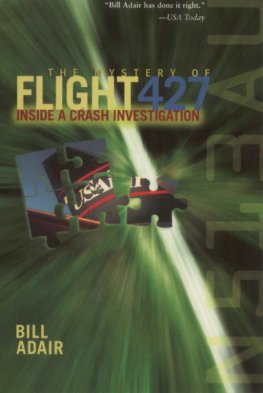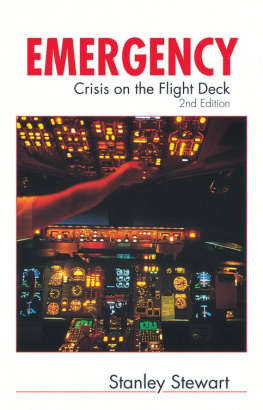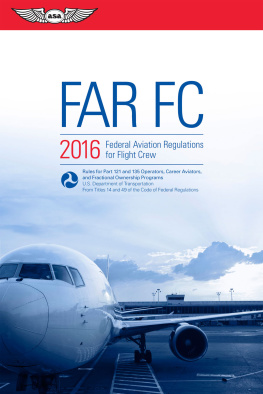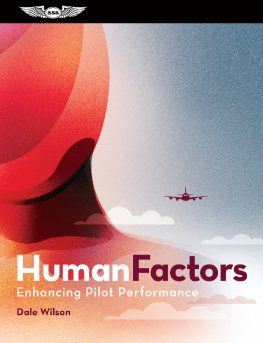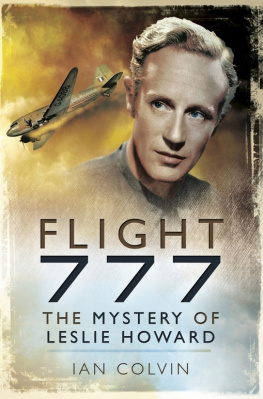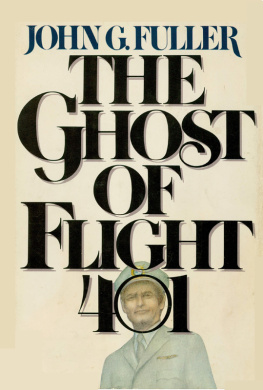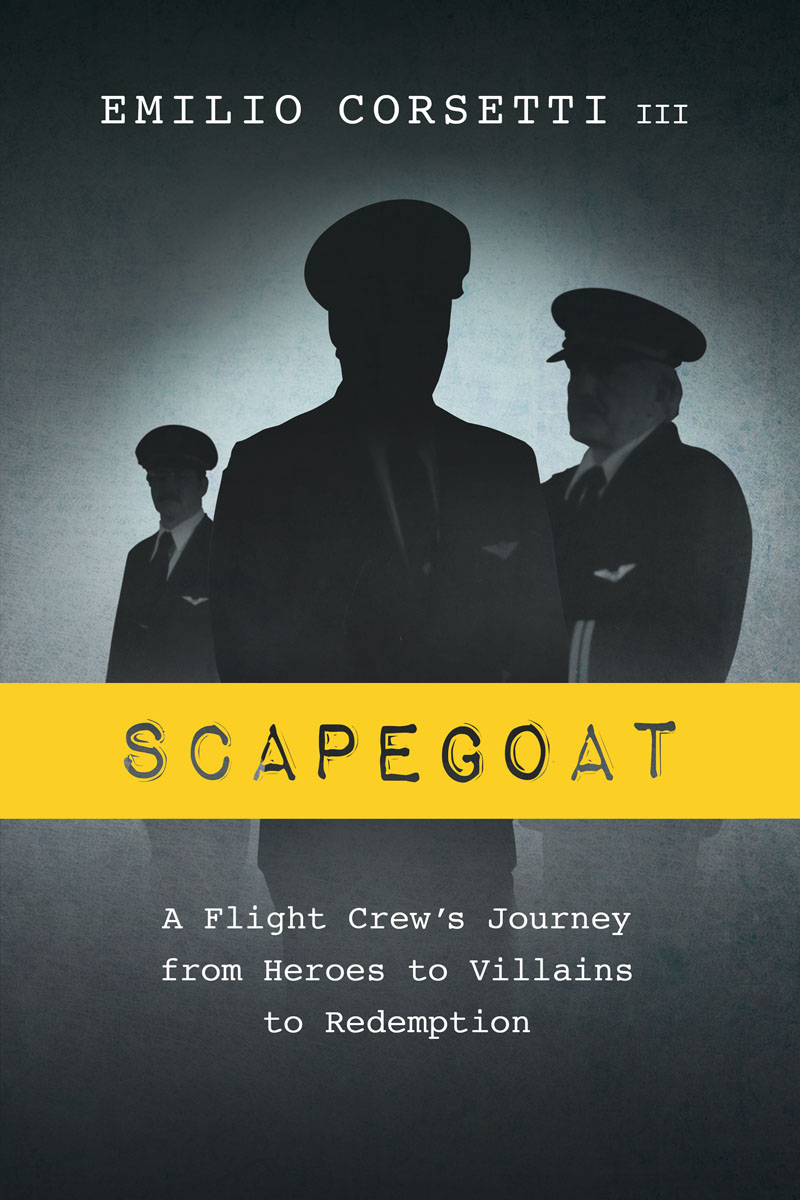

Copyrighted Material
Scapegoat: A Flight Crews Journey from Heroes to Villains to Redemption
Copyright 2016 by Odyssey Publishing, LLC.
All Rights Reserved.
No part of this publication may be reproduced, stored in a retrieval system or transmitted, in any form or by any means electronic, mechanical, photocopying, recording or otherwise without prior written permission from the publisher, except for the inclusion of brief quotations in a review.
For information about this title or to order other books and/or electronic media, contact the publisher:
Odyssey Publishing, LLC.
www.ipgbook.com
ISBNs:
Hard Cover: 978-0-9972421-0-2
Paperback: 978-0-9972421-1-9
ePub: 978-0-9972421-2-6
Mobi: 978-0-9972421-3-3
Downloadable Audio: 978-0-9972421-4-0
PDF: 978-0-9972421-5-7
Printed in the United States of America
Cover and Interior design: 1106 Design
Front cover photos by .
Back cover illustration by Mike James Media.
Corsetti, Emilio, author.
Scapegoat: a flight crews journey from heroes to villains to redemption / by Emilio Corsetti III.
pages cm
Includes bibliographical references and index.
LCCN 2016904959
ISBN 978-0-9972421-0-2
ISBN 978-0-9972421-1-9
ISBN 978-0-9972421-2-6
ISBN 978-0-9972421-3-3
ISBN 978-0-9972421-4-0
ISBN 978-0-9972421-5-7
1. Aircraft accidents--Investigation--Case studies. I. Title.
TL553.5.C663 2016 363.12465
QBI16-600054
For Allison
Contents
Authors Note
When TWA 841 departed JFK on April 4, 1979, no one onboard had any idea of the drama that would soon unfold. One passenger, travelling with her husband, wrote in a journal about the smooth takeoff. She had been keeping a personal journal of her travels to share with her children on her return. She documented everything down to the most inconsequential detail such as her ears popping as the aircraft climbed. Days, weeks, and years later, after TWA 841 had become the subject of one of the longest . Readers can draw their own conclusions as to which version is correct.
Illustrations
N840TW Seating Diagram

Readout
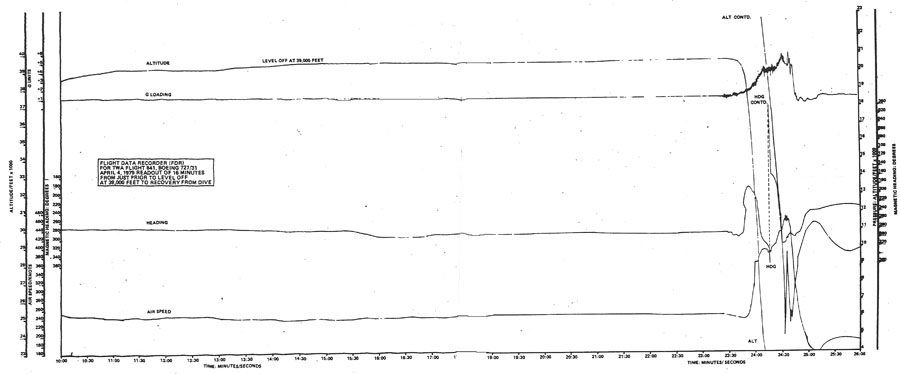
TWA 841 Readout Close
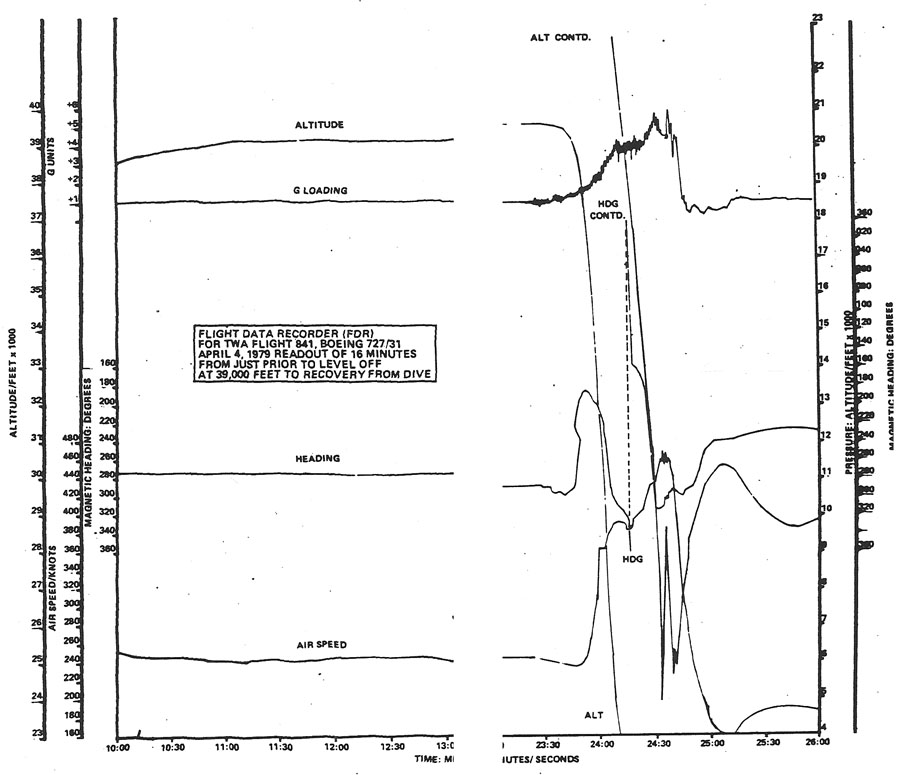
Boeing 727-100 Flight Controls
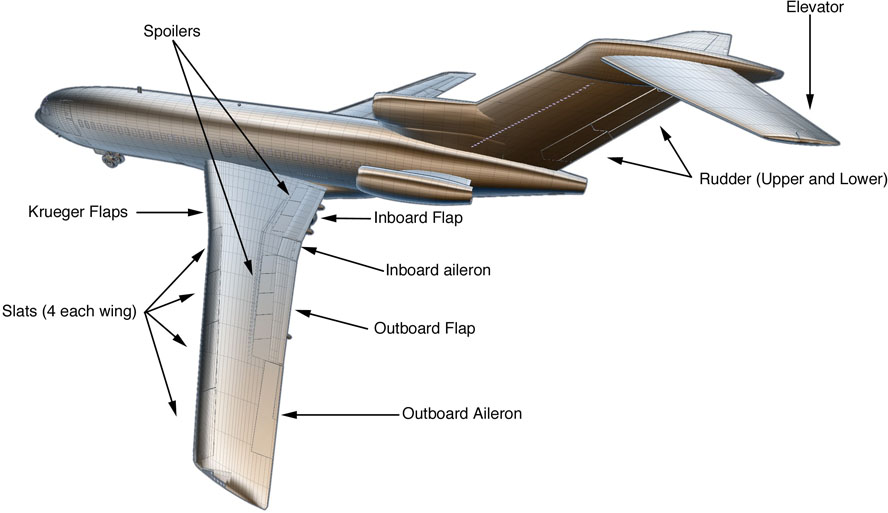
Boeing 727-100 Flight Controls Deployed
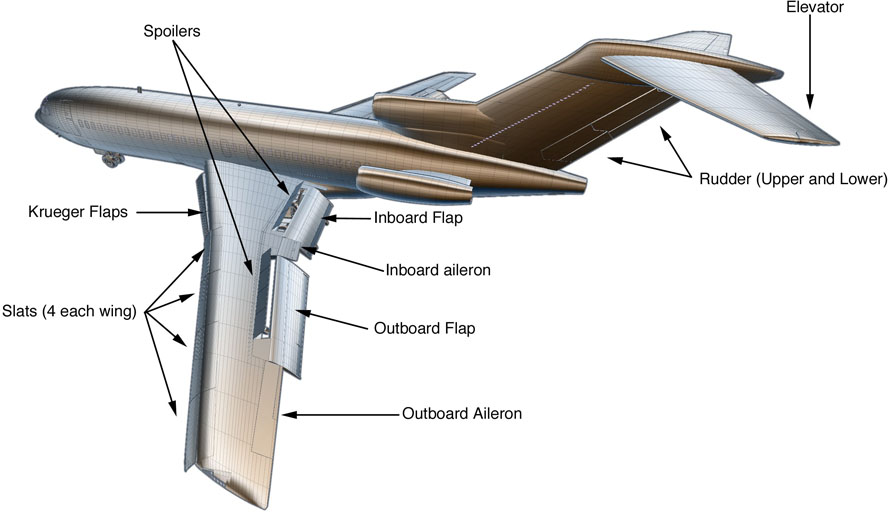
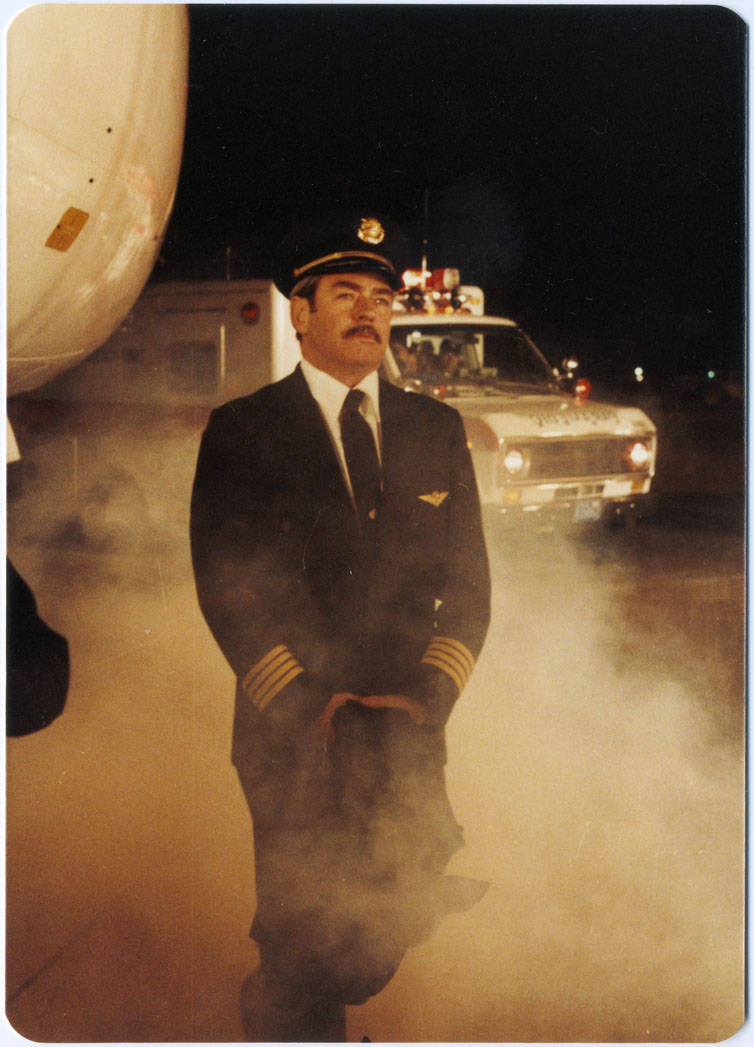
Figure 1 Captain Harvey Hoot Gibson
Chapter One
Headwinds
S ome pilots can work their entire career and never face anything more challenging than a blown landing light. Most pilots, however, will at some point encounter a problem that tests their skills and knowledge: a precautionary engine shutdown, a system failure, an electrical problem. Most of the time the malfunction is dealt with, and the flight lands without incident. Occasionally, a pilot will experience an emergency that is life threatening. A useful metaphor in demonstrating the random nature of emergencies involves a basket filled with marbles. Imagine that before every flight a pilot must reach into a basket and pull out a single marble. There are thousands of white marbles; there are a handful of red marbles; there is one black marble. On April 4, 1979, Captain Harvey Hoot Gibson reached into the basket and pulled out a black marble.
Hoots day began in Columbus, Ohio. It was day two of a three-day trip. After a routine flight from Columbus to Philadelphia, Hoot, along with his two fellow crew members, First Officer , departed for New Yorks John F. Kennedy International Airport (JFK). The weather was overcast with light winds out of the northeast and temperatures in the upper forties. A light rain fell as the wheels touched down at JFK.

Figure 2 Aircraft N840TW
After a few hours on the ground, Hoot, Scott, and Gary, along with four flight attendants, boarded aircraft N840TW. The TW in the planes N number designated the plane as a Trans World Airlines (TWA) aircraft. The Boeing 727-100 was a few months shy of fourteen years old. It was one of the first 727s purchased by TWA. The new car smell, however, had long since been replaced by a malodorous mixture of sweat-soaked seatbacks, spilled drinks, vomit, cleaning chemicals, and cigarette smoke. The worn-out interior was matched on the outside with an assortment of nicks, scrapes, dents, oil stains, and two faded red stripes that ran the length of the short fuselage. Of course, nowhere did the aircraft show its age more than in the cockpit, where countless crews had left signs of their presence from the worn seats, to the fingerprints on the instruments and flight controls, to the dust and food crumbs wedged into every crevice.
Some pilots refuse to fly in such an unhealthy environment and will spend an inordinate amount of time sanitizing the cockpit before , a detail-oriented former fighter pilot, was especially irked at the mess. He gathered up the papers and bottles while Hoot and Scott took their seats and began their preflight checks.
In the cabin, lead flight attendant Many of the passengers were connecting from international flights. They had already spent ten-plus hours flying to the U.S. from Portugal, Spain, Italy, Israel, and other international departure points. For these travelers, TWA 841 to Minneapolis, Minnesota, would be the last leg of a very long journey.
Of the twelve first-class seats, only six were occupied, unless one was to count the guitar case that one coach passenger secured against seat 1F. The owner of the guitar, a young, male passenger, had taken the instrument with him to his seat but soon realized that there was no space for it in coach. Since there were open seats in first class, Mark let the gentleman secure the case to a first-class seat with a seatbelt.
The flight was scheduled to depart for Minneapolis at 6:55 p.m. That time came and went as the flight was held for connecting passengers and a minor maintenance write-up. TWA 841 didnt push back from the gate until 7:49 p.m. The delay put the flight right in the middle of the evening push. Hoot taxied his Boeing 727 into position behind a long line of aircraft. Traffic congestion at JFK at this time in the evening was as common as the traffic jams on the New York freeways during rush hour. All Hoot could do was inch his plane forward and wait his turn for takeoff.
Next page

